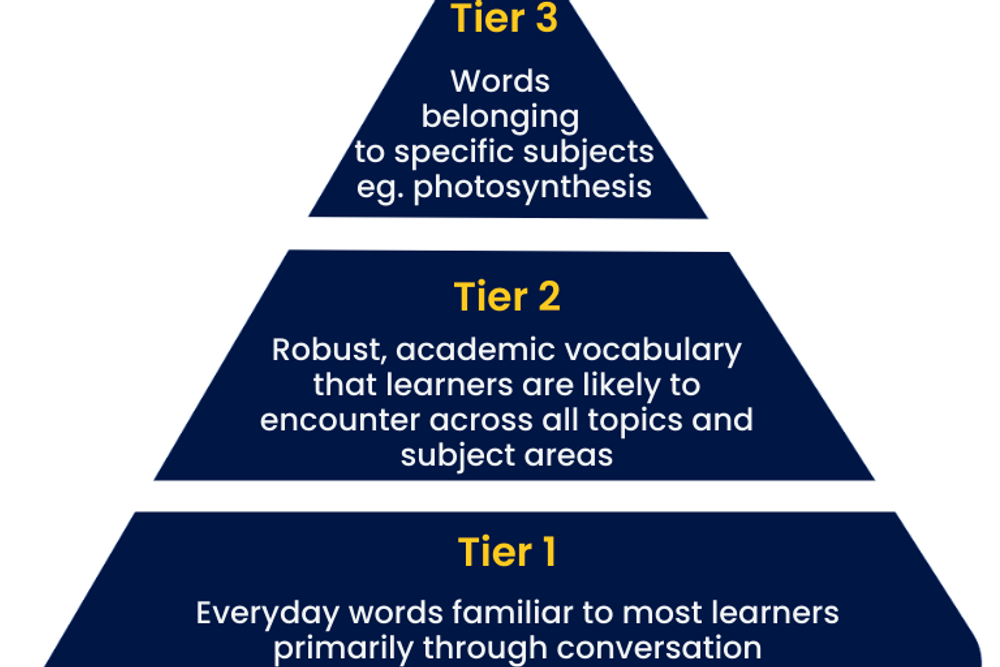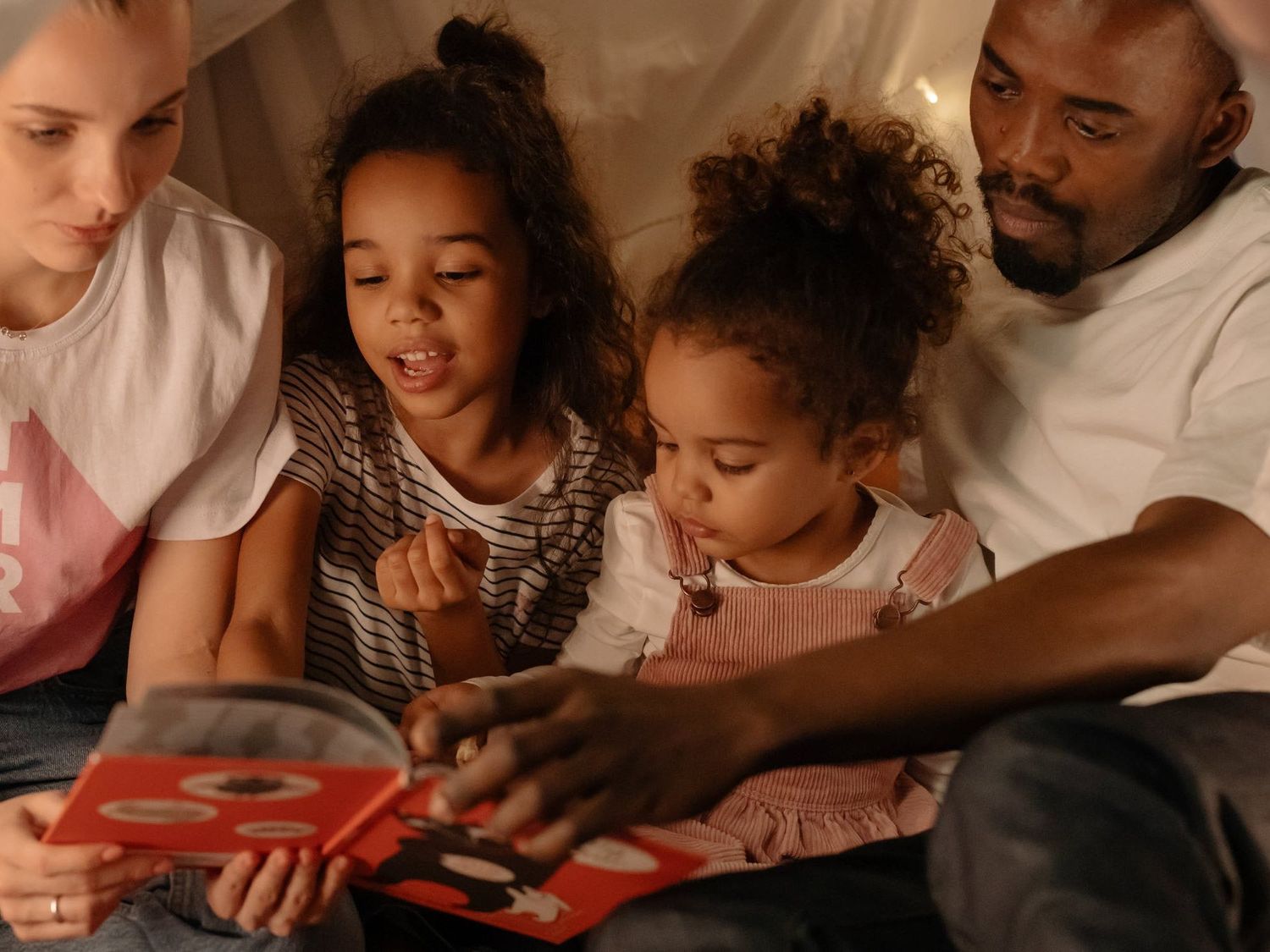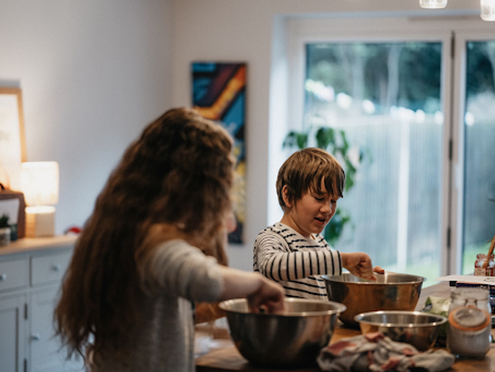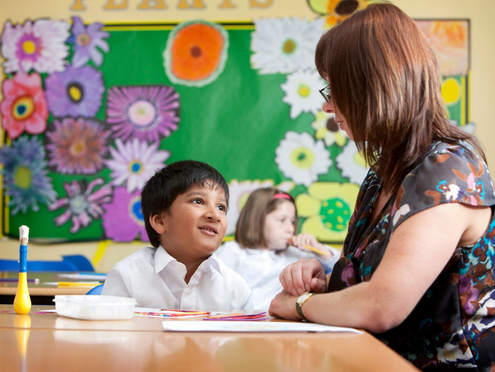Ideas for reading, talking and playing as a family
1. Bring new words to life
2. Visualise new words on paper
3. Encourage your child to query any new words they come across
4. Talk constantly with your child
5. Have two-way conversations with your child
6. Don't 'dumb down' your own vocabulary

The three tiers of vocabulary
7. Put new words into context

Transform vocabulary by moving beyond definitions
Start your free trial today and discover how Bedrock's comprehensive vocabulary curriculum transforms learners' academic vocabulary.
8. Position a word in different scenarios
9. Repeat, repeat, repeat
10. Don’t bombard your child with lots of new words at once!
11. Encourage them to read books
12. Read aloud to your child
13. Encourage your child to read material other than books
14. Allow your child to choose what they read

Improve learner's vocabulary with Bedrock
Introduce learners to new vocabulary in contextualised and multi-modal activities.
15. Encourage them to tackle some challenging reads
16. Don’t over-rely on a dictionary to help understand new words
17. Help your child look for word roots
18. Use synonyms (similar words) to help define a word

Introduce children to Bedrock's vocabulary curriculum
Our comprehensive vocabulary curriculum teaches academic vocabulary through original fiction and non-fiction and develops literacy for reading, writing and oracy.






